Pruning can transform your garden letting in light, improving airflow and encouraging new growth and flowers. Whether you have roses, hydrangeas or fruit trees, now is the perfect time to prune for a healthy, vibrant spring.
Our latest guide walks you through the essential pruning tasks for Gauteng gardens. Including how to prune roses and fruit trees the right way, what products to use to protect and feed your plants, and tips for making pruning easier.
Start pruning with confidence and set your garden up for success this season.
Winter pruning transforms your garden. It allows sunlight to reach the soil, improves airflow, and creates the perfect conditions for new growth. Most plants benefit from pruning at some point whether it’s to stimulate flowers, control size or simply tidy up before spring.
Why Pruning Matters? In nature, pruning happens through frost, wind, hail or fire. In your garden, it's your chance to shape, renew and direct the future growth of your plants. Late winter is the ideal time to do it especially before the first flush of new growth begins in early spring.
All you need are sharp secateurs, long-handled loppers, strong leather gloves, and a pruning saw for older wood or thick branches. When you're prepared, pruning is easier, safer, and more effective.
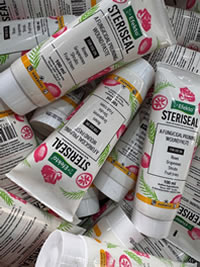 after pruning |
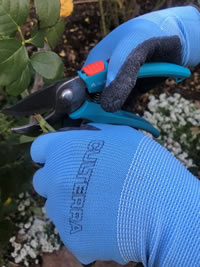 make a clean cut |
General Garden Pruning
Beyond the roses, now’s the time to give your whole garden a nip and tuck. Hedges, topiaries, Hydrangeas, and deciduous fruit trees all benefit from pruning in July and August. By letting in more light and opening up space, you’ll create healthier plants from the ground up.
Rose Pruning
Roses need winter pruning to rejuvenate for the summer season not. Cut stems back by about two-thirds and remove any dead, diseased, or spindly growth.
After pruning, seal each cut with Steriseal to prevent dieback. Then spray with Kumulus to eliminate fungal spores and lingering red spider mites. Older rose bushes often have Scale insects on the stems. Spray with Garden Ripcord, a contact insecticide to kill off the bugs. A week later, spray with Oleum to clear up any remaining scale insects.
Feed pruned roses with BioOcean organic fertiliser, to support strong growth and enhance flower colour.
If your Iceberg roses have become too large, cut them back hard to tidy their shape. If you’d like them to become large shrubs, prune lightly.
Eckards Top Tip: You can’t prune roses incorrectly. Just start. They’re more forgiving than most gardeners realise.
Hydrangeas: Prune for Christmas Flowers
Most older Hydrangeas in our neighbourhood are Mop Head Hydrangeas. The timing of your hydrangea pruning determines whether you’ll have flowers in December. Prune now to encourage strong summer blooms.
Here’s how to tell what to cut:
- New summer stems: These have one large bud at the tip. Do not prune them.
- Two year old stems: Prune just above the first double bud from the top. Each will produce a flower.
- Older woody stems: Cut back with a hard prune to the base to trigger vigorous new growth.
Bear in mind that if you do a hard prune then your hydrangeas will flower later toward the end of summer early autumn.
After pruning, feed pink varieties with BioGanic and agricultural lime, and mulch with compost.
For blue blooms, use acid compost and Acid Plant Food.
This simple adjustment to soil pH keeps your Mop Head Hydrangeas looking their best and environmentally conscious too.
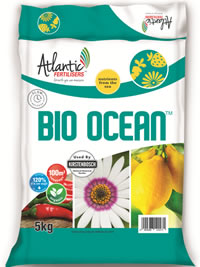 flower colour |
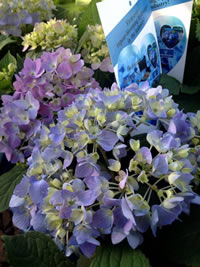 an acid soil |
Fruit Tree Pruning
July is the ideal time to prune deciduous fruit trees such as peaches, plums, and apples. Pruning shapes the tree, opens up the canopy, and improves fruit quality.
Young trees:
- One year old: Cut the central stem back to knee height.
- Two year old: Select three or four strong stems to form a cup shape, cutting each back to 75 cm. Remove the rest.
Mature trees:
- Select strong shoots from each main branch. Cut back to form a vase shape.
- Remove weak, tangled, or spindly growth.
After pruning:
- Feed with Wonder Fruit and Flower 3:1:5 around the drip line to support flowering. The drip line is the outer edge of the trees canopy. It is where trees look for food and water most.
- Spray with Kumulus, then a week later with Oleum to clean up pests.
Important Note: Do not spray trees that are already in bud or blossom, such as early peaches. Spraying at this stage can reduce your harvest.
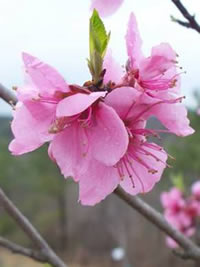 stimulate fruiting |
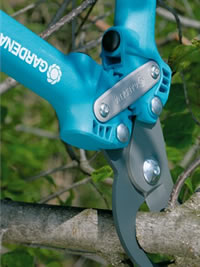 bigger branches |
Final Thought
Winter pruning is more than a chore it’s a powerful way to guide your garden’s next season. By pruning now, you're clearing the way for healthier plants, better flowers, and bigger harvests.
At Eckards in Bedfordview, we stock the best tools, trusted plant care products, and offer expert advice to make pruning simple and successful. Visit





